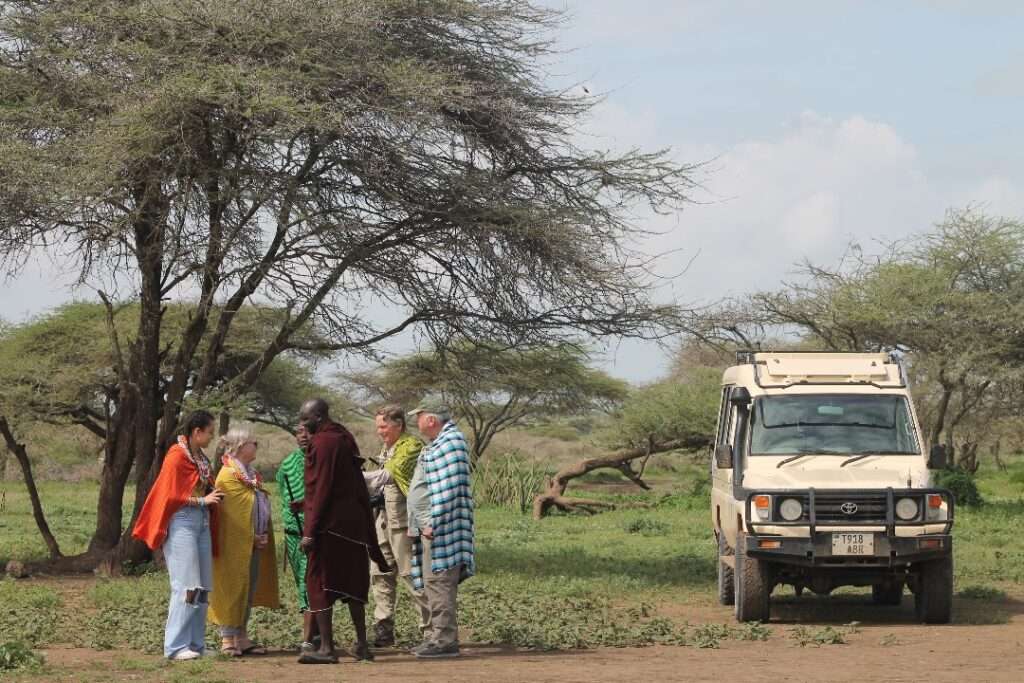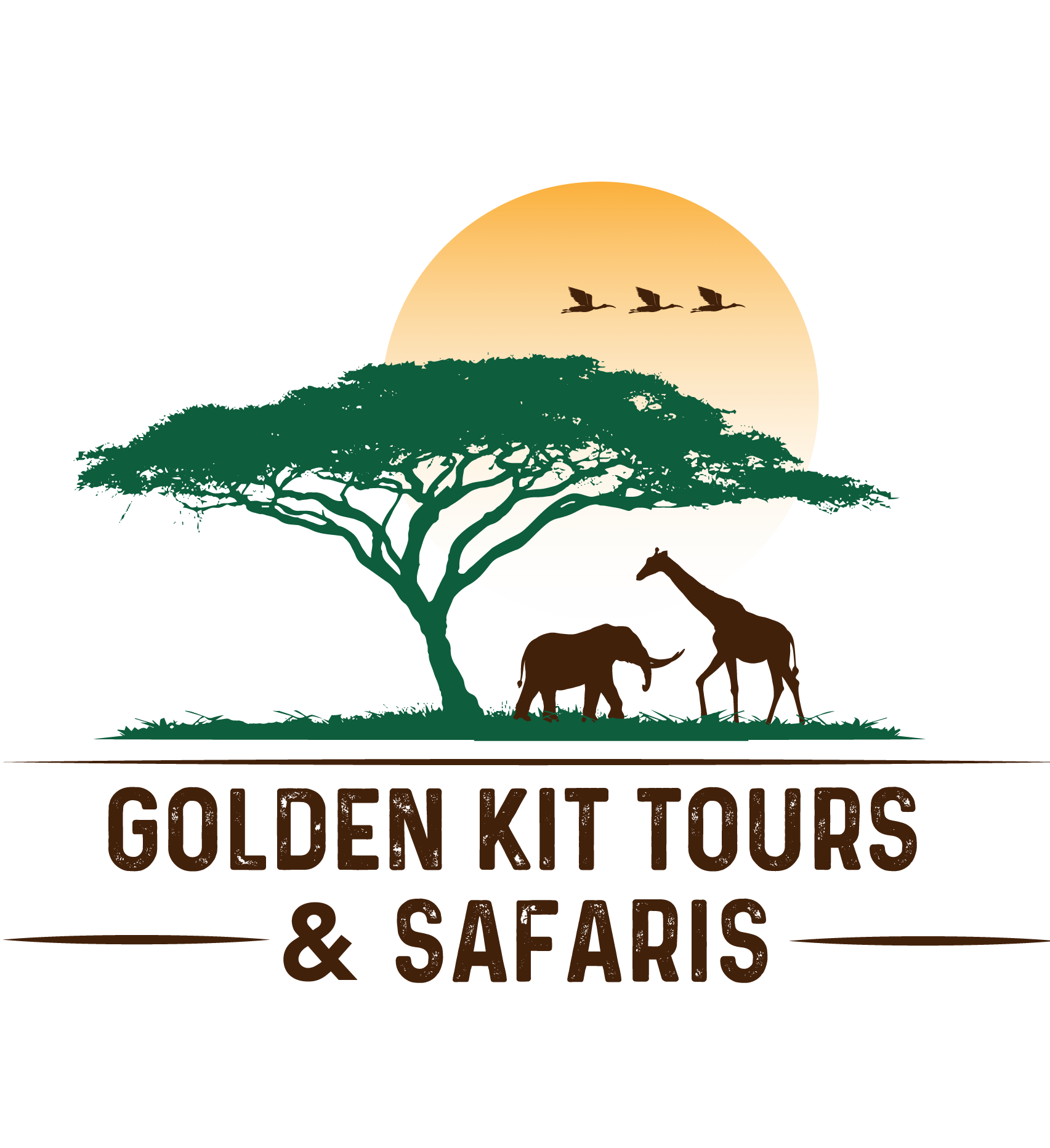Equipment
Start Packing for your Kilimanjaro Trip
Important Kilimanjaro Packing List Information:
Your adventure to Kilimanjaro involves a fair bit of preparation, especially when it comes to packing. Understanding the essentials, limitations, and optimal choices for gear and clothing can significantly impact your trekking experience.

1. Porter Weight Limit and Bagging:
The porters will assist by carrying your primary duffel bag during the climb. However, there’s a strict weight limit of 15 kg (35 pounds) for this bag on Kilimanjaro and Mount Meru. If your luggage exceeds this limit, you may need an additional porter. It’s essential to plan your belongings accordingly to comply with this weight restriction.
To ensure your belongings stay dry, it’s advisable to wrap your clothing in durable, waterproof stuff sacks. This helps protect against unexpected weather conditions and ensures your essentials remain dry and functional throughout the journey.
2. Daypack Essentials:
For your daypack, consider packing crucial items such as water, sunglasses, a camera, binoculars, rain gear (including rain pants and a jacket), and any additional items you might require during the day’s trek. Access to your primary luggage isn’t available until you reach the day’s trek endpoint, making it vital to have all necessary items in your daypack.
3. Additional Tips:
- Extra sets of batteries are advisable since cold weather can shorten their lifespan.
- Consider carrying essential climbing gear, particularly your boots, with you on the plane in case of baggage delays.
- Bringing older warm clothing items can serve as thoughtful gifts for guides and porters, fostering goodwill and camaraderie during the journey.
Kilimanjaro Gear List: In-depth Guide on Clothing and Equipment:
Clothing:
Choosing the right clothing is pivotal for your comfort and safety during the climb. A layered approach with breathable, moisture-wicking inner layers, insulating mid-layers, and waterproof yet breathable outer layers is recommended. The climate on Kilimanjaro can fluctuate significantly, making the layering strategy a crucial aspect of your attire.
The preference is for lightweight, breathable, hand-washable, and quick-drying clothing. Avoiding cotton is highly recommended, as it retains moisture and can lead to discomfort or even hypothermia in colder conditions. Additionally, jeans are unsuitable for hiking and are best avoided due to their lack of suitability for strenuous trekking.
For experienced hikers, mastering the art of layering clothing is a familiar concept. However, for beginners, the basics of changing into dry clothes at camp and choosing appropriate base, mid, and outer layers for temperature regulation are fundamental lessons.
Unpredictable weather, including low cloud cover, mist, and fog, can contribute to damp and chilly hiking conditions. Even on seemingly sunny days, wind chill factors can make temperatures feel significantly colder. This emphasizes the importance of moisture-wicking layers closest to your body to manage sweat effectively and prevent rapid cooling during breaks in activity.
Tips for Selecting Kilimanjaro Clothing:
- Consider undergarments with “flatlock” seams to prevent chafing and antimicrobial properties.
- Base layers in merino wool or a merino/synthetic blend offer superior odor control and breathability.
- An extra base layer specifically for sleeping is recommended for added warmth and comfort.
- Convertible hiking pants are advantageous for lower slopes where hiking in shorts may be viable. However, ensure comfort by testing them at home beforehand.
- Quality winter hiking pants that offer breathability are essential for colder sections of the climb.
- Waterproof pants with full-length zips facilitate quick changes during unpredictable weather conditions.
- Technical fleeces like Polartec serve as excellent insulation layers, providing warmth without excessive bulk.
- A down jacket is indispensable for summit attempts and cold evenings at camp, offering essential warmth during rest periods.
Footwear and Trekking Poles:
Arguably, one of the most critical components of your gear is appropriate footwear. Comfort, fit, and endurance in your hiking boots are crucial for a successful trek. Ensure your boots are adequately worn-in, fitting snugly with thick socks, and guaranteeing comfort for extended hours of walking.
Selecting light- to mid-weight waterproof boots with reliable ankle support is recommended. Full-mountaineering boots are unnecessary for Kilimanjaro, as crampons aren’t required, and the added weight can be burdensome. Additionally, avoid wearing sneakers or trainers, except within camp areas.
Choosing trekking boots with a sturdy, semi-rigid sole is vital. Additionally, gaiters serve as valuable gear, preventing debris, mud, and scree from entering your boots and causing discomfort or irritation.
Prioritize quality socks to complement your footwear. Utilizing moisture-wicking liner socks beneath outer socks that offer cushioning and warmth is crucial. Steer clear of cotton socks, as they tend to retain moisture and increase discomfort during extended hikes.
Trekking Poles:
The use of trekking poles is a personal choice but highly recommended for enhancing balance and reducing fatigue. Whether purchased or rented, practicing with these poles before the trek ensures familiarity and comfort with their use during the climb.
Head Torch and Lighting:
A lightweight head torch with a potent beam is an essential item for navigating around camp during nighttime, especially on summit night. Don’t forget to pack spare batteries, as cold temperatures can quickly drain battery life.
In addition to the head torch, some trekkers find it useful to carry a small flashlight like a mini-maglite for illuminating their tent after dark.
Sleeping Gear:
Given the cold temperatures on Kilimanjaro, preparing for comfortable and warm sleeping conditions is essential. You can either bring your sleeping bag or rent one from the expedition provider. If opting to bring your sleeping bag, ensure it is a 4-season rated bag with a 0°F (or -15°F) rating. Using a sleeping bag liner can help maintain cleanliness and offer additional warmth.
Inflatable pillows are optional, as many trekkers prefer using bundled clothing for this purpose. Your comfort preferences should dictate this choice.
Packs & Bags:
While porters handle your primary duffel bag during the day, you’ll carry essential items for the day’s trek in your daypack. Investing in a durable, waterproof duffel bag like The North Face Basecamp model is a prudent choice. Additionally, packing your gear in waterproof stuff sacks or packing cubes ensures added protection for your belongings.
A comfortable daypack with adjustable shoulder straps and a hip belt is indispensable. It should accommodate a hydration bladder, water bottles, rain gear, extra layers, and other essentials needed for daily treks. Ensure your daypack includes a rain cover, especially if it doesn’t have an integrated one.
Water and Snacks:
Staying hydrated on Kilimanjaro is paramount. Carrying a 2-3 liter hydration bladder and 1-2 one-liter wide-mouth water bottles, along with an electrolyte/sports drink formula, aids in hydration management. Energy bars and snacks provide quick energy boosts while on the trail. It’s essential to avoid caffeine in snacks due to its potential dehydrating effects.
Personal Health and Comfort:
Personal hygiene and health considerations are crucial on Kilimanjaro. Items such as wet wipes aid in maintaining cleanliness, particularly without access to showers. Sunscreen with a high SPF is indispensable due to intensified sun rays at higher altitudes.
Basic toiletries like toothbrush, toothpaste, hairbrush/comb, foot powder, hand cream, deodorant, soap, and hand-sanitizing wipes are essential for personal hygiene. Carrying any regular medication and necessary first-aid supplies, including blister plasters, antibiotic ointment, Band-Aids, pain relief medication, and skin healing ointment, is recommended.
Additional items like earplugs, spare contact lenses/glasses, a small flashlight, a pocket knife, and a nail clipper might prove useful during the trek. Always ensure you have adequate quantities of toiletries and personal care items to last the duration of your climb.
Medical Supplies:
While the guides carry comprehensive medical kits, carrying a personal first-aid kit with items for minor scrapes and injuries is advisable. Consultation with your healthcare professional before the trek can provide personalized guidance on essential medications and medical supplies.
Top Tips for Preparing your Kilimanjaro Gear:
Beginning your gear preparations well in advance is prudent. It’s advisable not to leave this to the last minute. Identifying items you don’t possess from the gear list and seeking deals and sales from outdoor retailers like REI, Amazon, Moosejaw, and Backcountry can be beneficial. Utilizing platforms like Steep & Cheap can provide discounted previous-year clothing items.
Practicing the organization and packing of your duffel bag and daypack in advance can streamline your preparations, especially during chilly mornings. Getting accustomed to hiking with your boots, poles, and daypack, and experimenting with different layer combinations can help in optimizing your gear’s comfort and usability.
Consideration for luggage before and after the climb is essential. Leaving excess baggage at the hotel while undertaking the climb ensures convenience and minimizes unnecessary load during the trek.
Don’t hesitate to seek guidance and assistance from experienced trek organizers or guides for any uncertainties or queries regarding your gear or preparations.
Other Bits and Bobs:
Travel documents such as passports, visas, travel insurance, vaccination certificates, and any required immunization details must be in order before embarking on the journey. Verify with your healthcare provider regarding recommended vaccinations and precautions for diseases prevalent in the region.
Considering the ban on single-use plastic bags in Tanzania, refrain from bringing any Ziploc or other single-use plastic bags to avoid violating local regulations.
For further assistance or queries, do not hesitate to reach out to the expedition organizers through comments, emails, or live chat support. Their experienced team members can provide valuable guidance and information to ensure a smooth and prepared climb.
Feel free to refer to this comprehensive guide by our team at Golden Kit Tours and Safaris for an informed and well-prepared Kilimanjaro trekking experience.
This comprehensive guide intends to provide thorough insights into essential gear, preparations, and considerations for a successful Kilimanjaro trek. Always prioritize safety, comfort, and preparation for an enjoyable and rewarding adventure.
Get in touch with us for more information on packing for your travel.

